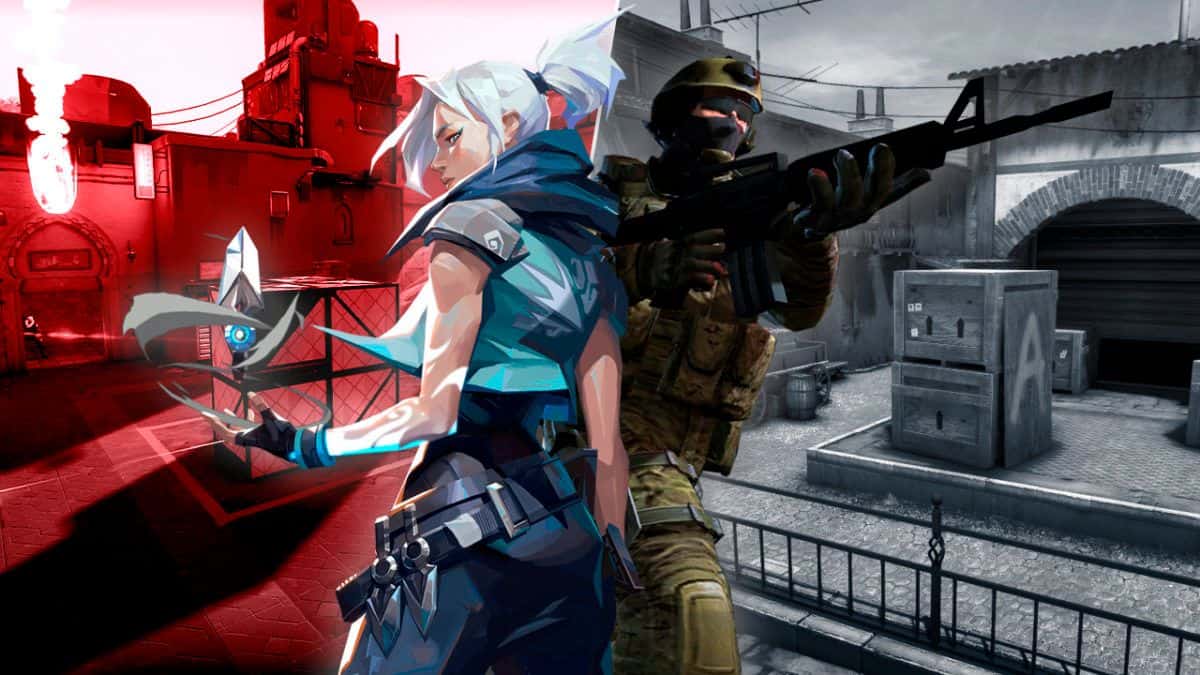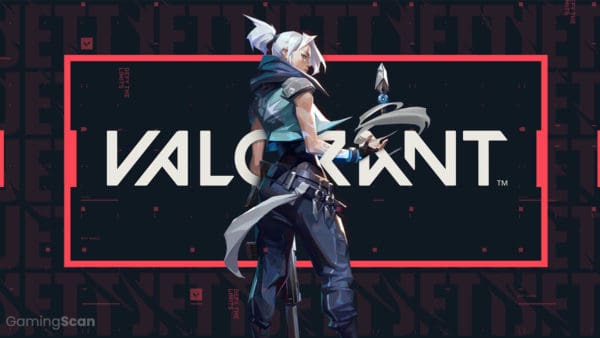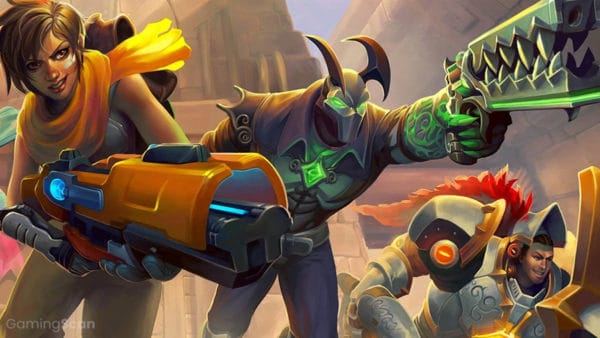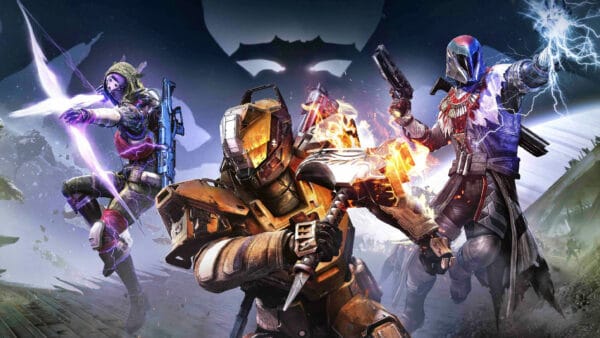Riot Games is no stranger to competitive gaming, having generated what’s become the gold standard for MOBAs with League of Legends. Now with their upcoming first-person shooter Valorant (previously called Project A), Riot Games is looking to tap into a new corner of eSports, one that’s been primarily occupied by Valve’s CS: GO for the better part of the last decade.
This has led many players to compare the two games and wonder what the actual differences between Valorant and CS: GO are. Here, we’ll explain what Valorant is, break down how the game works, and see how it compares to Valve’s flagship tactical shooter.
Table of ContentsShow
What Is Valorant?
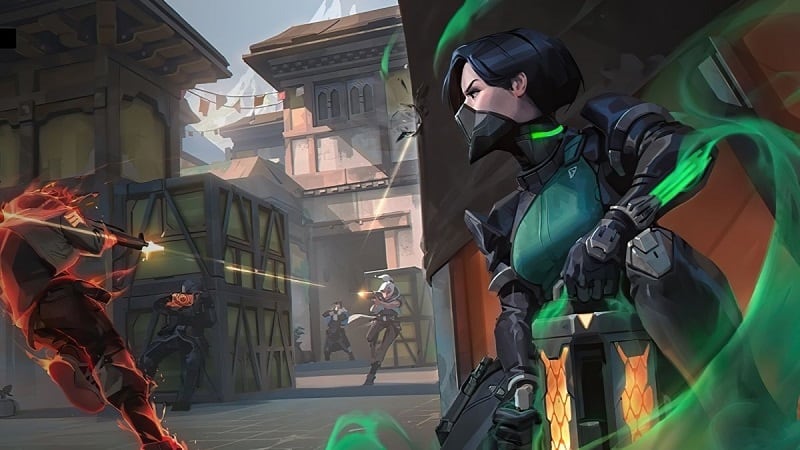
Riot Games describes Valorant as a tactical team-based competitive shooter, which puts it right up there with games like Rainbow Six Siege, Overwatch, and, most importantly, Counter-Strike. Matches follow a 5v5 format and see two teams competing to be the first one to win 13 rounds out of a total of 25 rounds.
During each round, one side is tasked with planting a bomb, called the Spike, while the other team tries to stop them. If the attacking team successfully plants the Spike, they win the round and earn a point; if the defending team can stop them from planting the Spike, they get the point instead. Lastly, if either team eliminates every player on the opposite side, they get the point and the round finishes.
Rounds in Valorant are much shorter than in similar games, with even a full 25-round match only lasting about 1 hour. Each player is given only one life for their selected character, which Valorant calls Agents; Agents have unique abilities that can affect the map and be used against other players.
How Does It Compare To CS: GO?

It’s hard to ignore the overwhelming number of similarities between Valorant and Counter-Strike since most of them appear at the surface level. Both games use a 5v5 format and incorporate bomb-defusing as the main gameplay objective. Maps feature three possible locations where the bomb (or Spike) can be planted, and a buy phase allows players to purchase guns as well as abilities (in the case of Valorant) before the start of a round.
There’s also the matter of extremely low TTK (time to kill) requirements present in both games. On average, players are lucky to survive after taking just a single shot from a majority of the weapons in Valorant. Similar to CS: GO, each gun in Valorant has a unique spray pattern that can be mastered through practice.
Considering CS: GO players have developed their own weapon meta over the years that continues to evolve and improve, we expect the Valorant community to end up doing the same, particularly when you factor in how critical mobility is in both games. Just like in Counter-Strike, each weapon in Valorant has a different weight that affects movement speed, and a player’s accuracy will drop if they try to fire while moving.
Characters And Abilities

There’s one slight difference that sets Valorant apart from CS: GO, and that’s its character selection. Valorant features ten playable characters who come from different backgrounds, and each has its own set of skills, including an ultimate that charges over time. Agents are selected before the start of a match, and players can unlock additional abilities by purchasing them between rounds.
Although abilities look a lot flashier and are way more fun to perform in Valorant, most of them essentially serve the same purpose as utilities like flashbangs, smoke grenades, and Molotovs in CS: GO. Of course, there are a few exceptions, such as Sage’s healing orb or Omen’s ultimate, which allows the player to teleport to a selected location.
While most ultimate abilities are powerful enough to turn the tide of battle, they can take a long time to charge up, making them a secondary focus to minute-to-minute gameplay. To keep things balanced, every Agent in Valorant has the same amount of health and nearly identical hitboxes.
Weapons And Shields
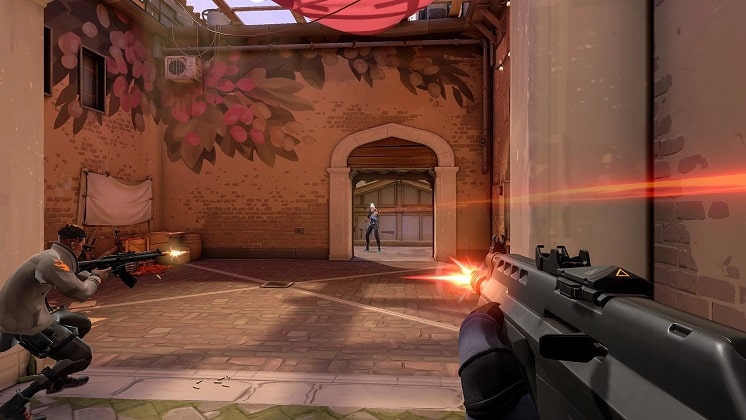
There are six weapon categories in Valorant: sidearms, SMGs, assault rifles, sniper rifles, shotguns, and heavy weapons such as RPGs. Most of the guns available for purchase bear a striking resemblance to CS: GO’s when it comes to performance. For example, while SMGs are much better at spraying bullets, just about every other gun is capable of getting a one-shot kill by landing a headshot.
One could make the case that some weapons are nearly identical clones of Counter-Strike guns that have simply been reskinned. The Frenzy sidearm is basically a sleeker-looking CZ-75; the Sheriff packs about the same punch as CS: GO’s Desert Eagle, and the Operator acts as a stripped-down AWP.
The equivalent of Counter-Strike’s Kevlar takes the form of Shields in Valorant. Only instead of having the option to equip both Kevlar and a helmet, Valorant includes two Shield variations: Light and Heavy. Ultimately, these tiny changes aren’t enough to ignore how similar the two games are.
The Final Verdict
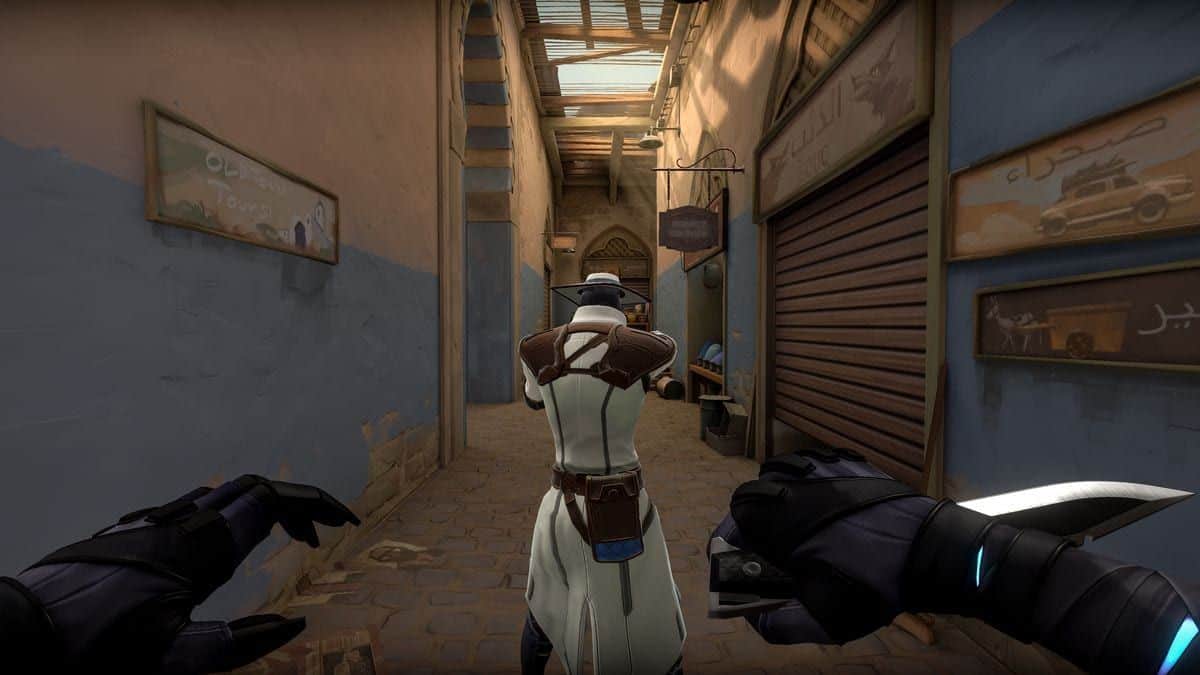
It’s clear to see why players are comparing Riot Games’ latest effort to Valve’s long-running tactical shooter. From character movement to gameplay to weapon performance, it’s obvious Valorant is taking more than a few cues from CS: GO. While that may be bad news for Valorant in the long-run, it could also mean great success if Riot is able to set themselves apart while maintaining the best parts of CS: GO.
Introducing a wider selection of characters with unique abilities and playstyles is definitely a step in the right direction, despite drawing even more comparisons to hero shooters like Overwatch. Nevertheless, there’s more than enough room for all these games to coexist. We’ll be watching Valorant closely to see where it goes as well as gauging the reaction from the eSports community when the game officially releases later this year.
